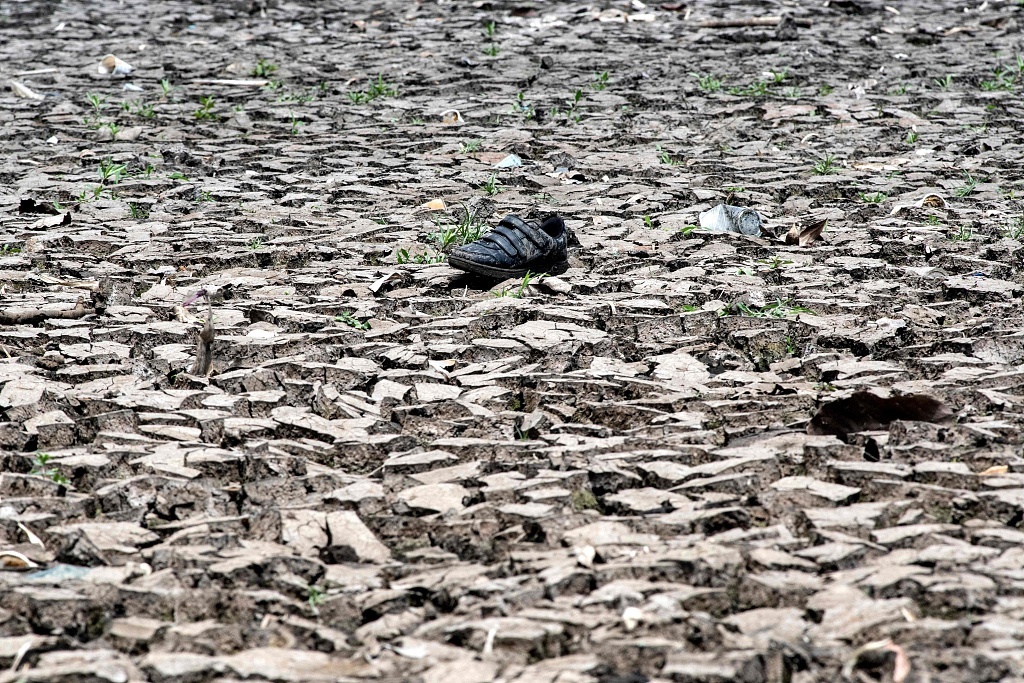Costa Rica is making firm progress in its knowledge of systemic risk

The application in Costa Rica of the Global Risk Assessment Framework (GRAF) has been vital for constructing the foundations of governance with a systemic and better focus for reducing risks in this country.
This was one of the conclusions arising at the session on progress and challenges for the application of GRAF in Latin American countries, held within the framework of the Forum of Latin American and Caribbean countries on Sustainable Development 2022, in Costa Rica.
Raúl Salazar, the chief of the United Nations?Office for Disaster Risk Reduction - Regional Office for the Americas and the Caribbean, highlighted the urgency of applying a systemic focus for analysing risks, as Costa Rica has already developed. “These efforts to tackle risks from a systemic, multisectorial and integral perspective are key for strengthening national systems in our region,” Salazar said.
The application of GRAF is aimed at strengthening the capacity of countries to better access and apply risk-related data, integrating data about threats, vulnerability and exposure, with which to delimit future and complex scenarios, with a focus of integral analysis of the impact on the cascade of risks in all systems.
Likewise, it is centred on the development of a set of methods for understanding and representing the levers and drivers of risk, as well as the points of inflection associated with the fragility of social and economic systems showing the strength and interconnection of development factors that generate risk in order to tackle them.
Since 2020 Costa Rica has served as a driver for the application of GRAF, with various positive results that serve as an example for the region, with an inventory of sources of available information about risk, available on the web page and accessible to the public; a promotion of dialogue and cooperation between scientific sectors, public companies responsible for vital services and the financial sector, within the framework of the National Risk Management System; the application of the Post-Disaster Needs Assessment (PDNA) in the sectors that have most to lose as a result of disasters; and a risk probability evaluation exercise, using the Probabilistic Risk Assessment Platform (CAPRA).
“The context of the pandemic makes clear the benefits of GRAF and projects systemic risk governance and informed decision-making about risk,” says Alexander Solís, president of Costa Rica’s National commission for Risk Prevention and Dealing with Emergencies (CNE). “GRAF contributes a lot in terms of transferring capacities for risk assessment with a systemic contribution in a multisectorial context and meeting the country’s real needs,” added Carlos Picado, also from the CNE.
Source:United Nations Office for Disaster Risk Reduction — Regional Office for the Americas and the Caribbean






